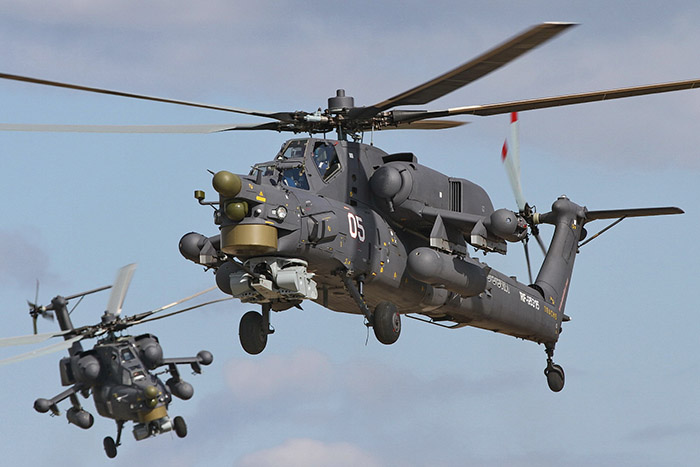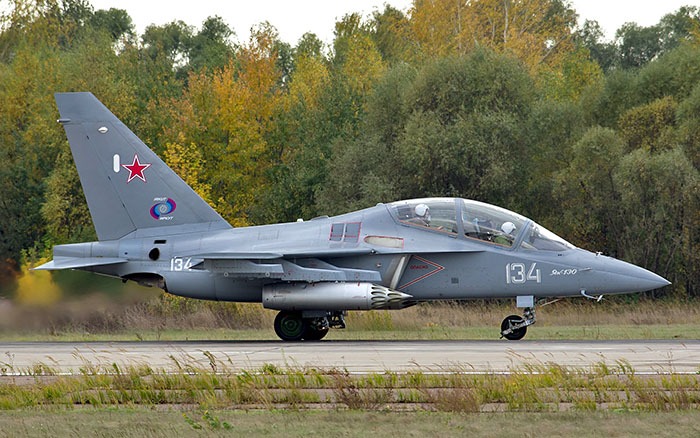Sorry Jeff, but I must ask....why would it impact the indian plans? I thought India is not the one being sanction.
.
India is not being sanctioned.
But since Russia is, and since the economics are making it so they cannot build as many aircraft...then the Indians will also be impacted.
The PAFA will be the T-50 and is the Russian aircraft. Apparently the Indians may get some PAKFA (T-50s) in the run up to the actual Indian aircraft, the Fifth Generation Fighter Aircraft (). But that will be later in any case.
A couple of things are certain...and I believe you can take it to the bank.
If the aircraft that is to be the test bed and foundation for the FGFA is delayed, then the FGFA will be delayed.
If the Indians want some PAKFAs themselves, which is the Russian aircraft, then the Russians getting fewer will almost assuredly mean that the Indians will also get fewer.
That is my meaning.







